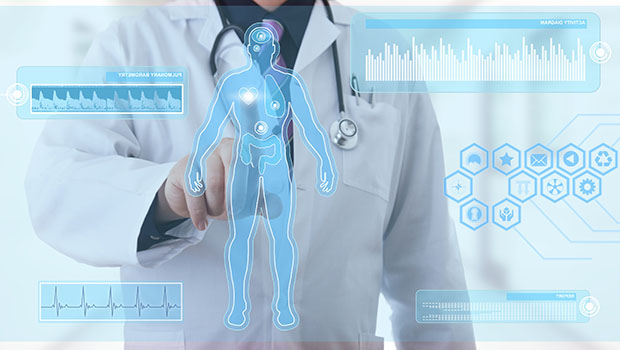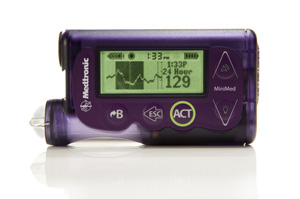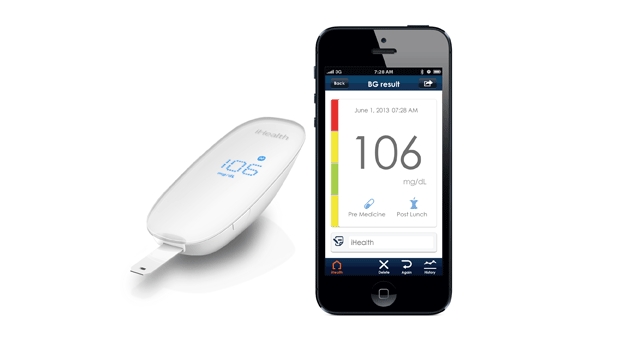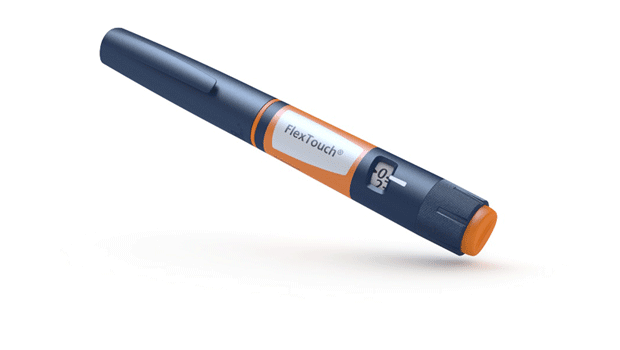Why Kids with Type 1 Need the Artificial Pancreas Now

During a panel discussion at the ADA Scientific Sessions, some of the most influential researchers in the field of artificial pancreas development shared why the time is right for artificial pancreas systems to be available on the market. At the same time, they cautioned that the devices will not necessarily solve everything.
During his time at the microphone, JDRF’s chief mission officer Aaron Kowalski argued against what he feels is the myth of widespread non-compliance when it comes to blood sugar management for children with Type 1 diabetes. He says too few children and young adults with diabetes are meeting their goals for A1C levels, and he thinks it’s wrong to blame them and their parents for falling short.
“These are young children who are being tested seven to eight times a day, with parental intervention, and their A1Cs are still elevated,” Kowalski said.
It’s more accurate to blame the tools available to control blood sugar levels, he said. Dr. Stuart Weinzimer of the Yale Diabetes Clinic echoed a similar statement during his presentation. Dr. Weinzimer, who is testing an insulin-only artificial pancreas study, said it’s imperative to create automated tools that can offer tight blood glucose control, especially to children, who must live with Type 1 the longest.
“We’re not achieving the diabetes control that we should be,” Dr. Weinzimer said.
Both Dr. Weinzimer and Ed Damiano of the Boston Children’s Hospital presented positive results of their respective artificial pancreas trials. Dr. Weinzimer’s research has focused on creating an insulin-only artificial pancreas, while Damiano is working on an insulin and glucagon system. Their separate data has showed that their systems worked at providing tight, automated blood glucose control with sharply reduced risk of hypoglycemia. These trials are moving away from the rigidly controlled confines of the laboratory to real-world settings. Now children are being asked to take the devices home with them or wear them at summer camp.
With both systems, there is evidence that the respective artificial pancreas devices are quickly learning individualized blood sugar trends, and adapting to new and unexpected stimuli. Damiano described some of the strange things test subjects elected to do while wearing artificial pancreas systems; one person ate 9,000 calories in a day, and another walked 39 miles in five days. His artificial pancreas system was able to handle the load, he said.
This kind of random, real-world patient behavior hits close to home for Damiano, as he’s had to endure such behavior with his own offspring. In the hands of a teenager, the artificial pancreas system survived being inexplicably lost within a wall for an hour and it corrected for an accidental and self-inflicted toothbrush stabbing. That’s just par for the course of living with teenagers, he said.
“They share a house with me. I live with these people. While they are not human, they are sophisticated multicellular organisms,” he said.
In a separate artificial pancreas study effort, certified diabetes educator Laurel Messer found, unsurprisingly, that those affected by Type 1 diabetes are eagerly awaiting the artificial pancreas to be commercially available because they believe it can relieve a lot of the burden of the condition. However, in practice, there may be some issues still to work out when the artificial pancreas hits the market, she found.
For example, a recent study of children wearing an artificial pancreas at home found that they couldn’t use the device on average one out of every three nights. The most common hurdle was problems with sensor accuracy, meaning the artificial pancreas will only be as good as the sensors the system uses. Sensor issues are more complicated with children, who don’t have as much surface area as adult, Messer said. There were also issues involving parental concern with the new device; younger children wearing the device were more likely than older children to be tested for blood sugar levels at night; that seems to indicate some anxiety among parents.
“It may take longer for parents of young children to trust the system and give over control,” she said.
The artificial pancreas is quickly shifting from the theoretical to the practical, panelists agreed. For the first time, major device companies are preparing shareholders that such a device will soon hit the market. There is some disagreement about what is the best way forward to get the devices to market. Kowalski and Damiano politely sparred about whether an insulin-only or dual-hormone system would be the best system to use, for example.
A more fundamental disagreement is occurring between medical device companies and the FDA, said Dr. Stayce Beck, the FDA’s diabetes device program chief. The companies indicate they want to get FDA approval for artificial pancreas use for adults first, while the FDA wants these devices first made available for children, Beck said. Children could benefit most from the devices, she said, and there is no evidence that the devices would be any less safe for them.
“There is no mandate that devices for adults should be approved first,” she said.
The panelists seem confident that artificial pancreas technology is ready for commercialization now, even if the regulatory process will delay the device’s debut for a few months or a few years down the road. Things can always be improved upon down the road, but there are children who can benefit from the technology now.
“I’m going to argue (strongly) that we’re moving not fast enough,” Kowalski said.
Thanks for reading this Insulin Nation article. Want more Type 1 news? Subscribe here.
Have Type 2 diabetes or know someone who does? Try Type 2 Nation, our sister publication.







